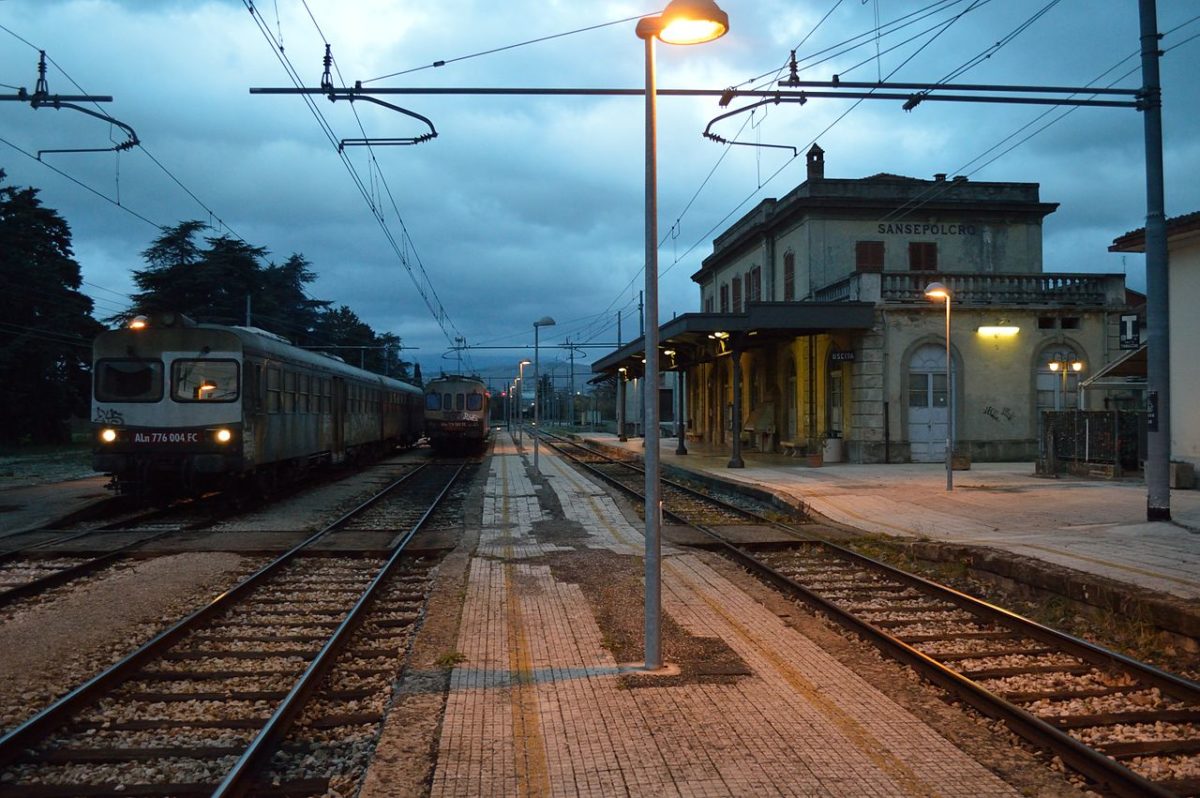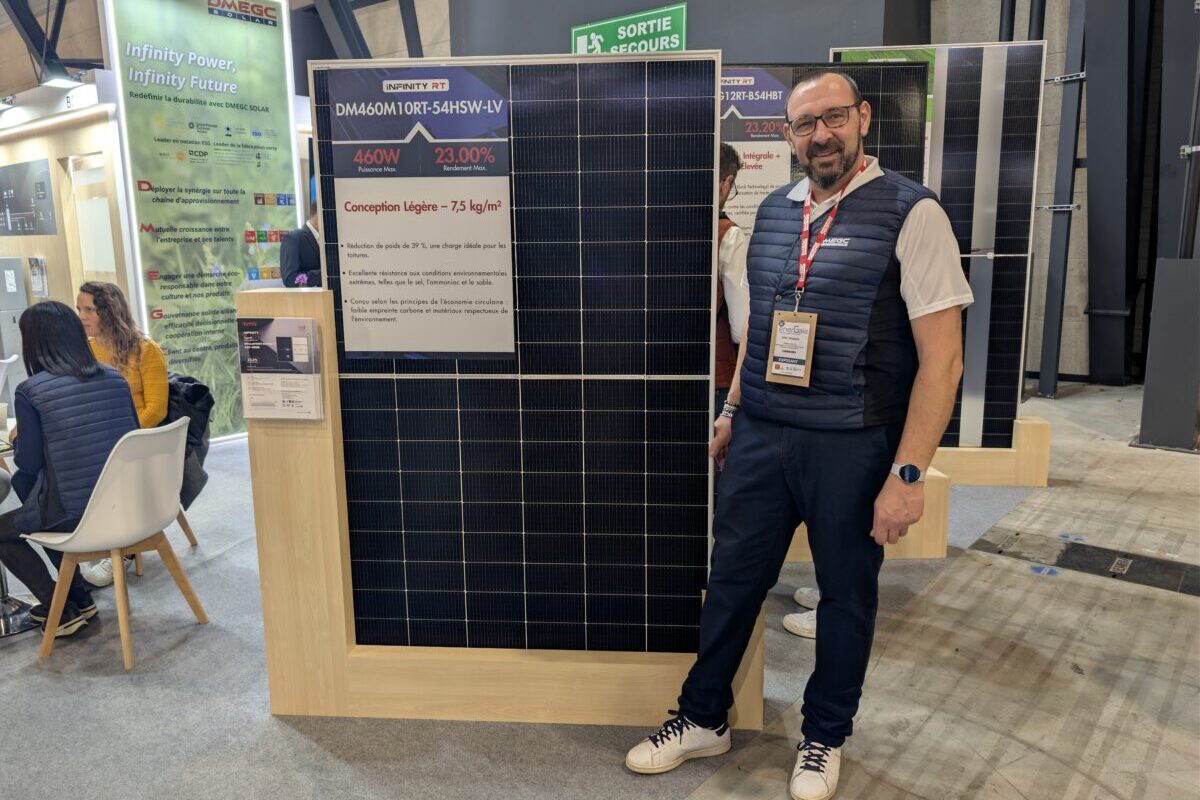Spanish energy giant Iberdrola has signed an agreement with American multinational engineer AECOM, Italian environmental consultant Ancitel Energia e Ambiente, and green hydrogen company Cinque International, also from Italy, for a green hydrogen conversion of Italy's Apennine railway axis, which links Sansepolcro, in Arezzo, with Sulmona, in L'Aquila. “The line is partially unelectrified and is used by diesel trains that have reached the end of their useful life,” said Iberdrola today, “switching to green hydrogen power will drastically reduce costs compared to those of traditional electrification, and [will] bring innovation and development to areas subject to depopulation and deindustrialization.” The project will focus on hydrogen-powered electric trains to encourage investment in areas affected by earthquakes in 2009, 2016 and 2017. Last month, the Sansepolcro-Sulmona hydrogen railroad project passed a pre-selection phase held by the European Commission.
Ukrainian energy company NJSC Naftogaz and German energy trader RWE Supply & Trading have agreed to explore cooperation in the green hydrogen industry and derivatives such as ammonia, produced in Ukraine. “This includes the development of green hydrogen and ammonia production and storage in Ukraine and its import to Germany,” said a note issued by RWE on Sunday. “This focus is particularly relevant in the context of the H2Global initiative launched by the German government for green hydrogen imports produced outside the EU.” Naftogaz and RWE intend to explore commercial opportunities to sell Ukrainian green hydrogen in Europe. “Ukraine has great potential for the development of the hydrogen economy in cooperation with Germany,” said Naftogaz CEO Yuriy Vitrenko. “As a national company, Naftogaz is ready to be a pillar of this development. We consider green hydrogen as our strategic priority and we are happy to work on it with RWE, our reliable partner in trade and natural gas supplies.”
The Port of Tallinn wants to be the hub of Baltic Sea green infrastructure in Estonia and is betting on a green energy ecosystem in the industrial parks of Muuga Harbour and Paldiski South Harbour. “The plan of building a hydrogen terminal could be attractive for the industries that do not produce energy themselves but would like to take part in the green revolution and rebuild their production,” said Margus Vihman, the port's chief commercial officer, on Monday. “We are developing an attractive value proposition for both local and international investors.” The Port of Tallinn will seek EU backing while collaborating with hydrogen players such as the Netherlands and the Port of Hamburg.
The Canadian province of British Columbia (BC) has presented a 63-point hydrogen strategy to develop regional hydrogen hubs where production and demand will be co-located. The plan also includes financial support, especially for research, and focuses on heavy-duty transport powered by green hydrogen as well as the blue form of the gas generated by natural gas equipped with carbon capture and storage tech. “Unlike most other jurisdictions, BC has the resources to produce both green and blue hydrogen with low carbon intensity,” stated the strategy document. “More than 98% of BC's electricity is renewable, allowing us to leverage our clean electricity to produce green hydrogen via electrolysis. BC also has low-cost natural gas reserves, significant geological storage capacity and expertise in carbon capture and storage (CCS) technology.”
Anglo-Australian metals and mining major Rio Tinto and Japanese conglomerate Sumitomo Corporation have announced a partnership to study the construction of a hydrogen pilot plant at the former's Yarwun alumina refinery in Gladstone, in the Australian state of Queensland, and to explore the use of hydrogen at the refinery. “Reducing the carbon intensity of our alumina production will be key to meeting our 2030 and 2050 climate targets,” Rio Tinto Australia chief executive Kellie Parker said today. “There is clearly more work to be done but partnerships and projects like this are an important part of helping us get there.” The miner said the partnership complements a recently announced feasibility study into using hydrogen to replace natural gas for alumina refining at Yarwun. “Gladstone's world-class deep water port, water security through Awoonga Dam, and industry attraction via the local state development area, have set Gladstone up to become the hydrogen capital of Australia,” said Queensland's minister for regional development and manufacturing and minister for water, Glenn Butcher.
German hydrogen fuel cell developer Proton Motor has teamed up with automated production line maker Aumann to expand series production of hydrogen fuel cells. “The so-called ‘stack robot' is to expand the production capacity to up to 2,500 fuel cell units per year,” the companies said in a statement yesterday. “In the Proton Motor system, graphite bipolar plate stacks are embedded in a module as the core.” Under the arrangement, Aumann will convert the Fit-4-AMandA machine prototype into an automatic fuel cell stack production plant.
Indian renewables company ACME Group has signed a land agreement to construct one of the world's largest green ammonia projects at the special economic zone at the Port of Duqm, in Oman. The deal was signed with an Omani government authority, it was announced yesterday. “We plan to start the construction at Oman as soon we commission our first green hydrogen and green ammonia plant at Bikaner in India,” said ACME founder and chairman Manoj Upadhyay. “The plant in Oman would be developed in phases and the first phase is likely to be commissioned by [the] end of 2022.” The Oman Company for the Development of the Special Economic Zone at Duqm (Tatweer) and ACME in March agreed to develop a large-scale facility to produce renewable hydrogen and ammonia. “The plant will be an integrated facility using 3 GWp of solar and 0.5 GWp of wind energy to produce 2,400 TPD [tons per day] of green ammonia, with an annual production of approx[imately] 0.9 million tons,” stated the project partners. “This would be the first facility of this scale to be operational by 2022. The facility is being built to export green ammonia to demand centers like Europe and Asia, with an investment of approx[imately] $3.5 billion.”
This content is protected by copyright and may not be reused. If you want to cooperate with us and would like to reuse some of our content, please contact: editors@pv-magazine.com.



At what expense does Ukraine want to use green energy By producing hydrogene using atomic plants on its territory and then exporting the hydrogene to Germany?